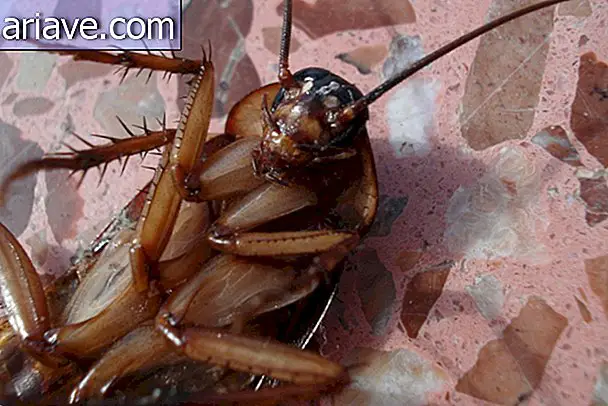Do you know how NASA works to protect the earth from asteroid collisions?
You may have heard about some NASA initiatives regarding the identification and monitoring of asteroids and other space rocks that could be life threatening to our planet, right? In fact, the US space agency has a department devoted solely to this issue, and maintains a team of scientists scouring the cosmos for threats.
The idea is to identify potentially hazardous rocks and study them to determine parameters such as size, mass, composition, shape, trajectory, rotation dynamics, etc. So, with this information in hand, NASA researchers can predict the extent of damage in the event of a collision and what would be the best alternative to preventing disasters.
Next you can watch a video in which the US space agency explains how its scientists work to protect our planet in the event of a collision. You can enable subtitles in Portuguese in the video menu, but here at Mega Curioso we have included some of the most important and interesting information below:
Protection Program
As you saw above, the video begins by briefly explaining that although dinosaurs were the lords of the earth 65 million years ago, they were completely vulnerable in the event of a collision - and indeed one of the most widely accepted extinction theories is that the shock of an asteroid led to its disappearance.
According to NASA, at the moment, there is no information of any large object that is on a collision course against our planet in the next 100 years. However, this does not mean that we should not remain vigilant! After all, we don't want to be surprised like dinosaurs, do we?

According to the video, there are dedicated astronomers scouring the skies for traces of potentially dangerous bodies, and when one is identified, warnings are issued worldwide so that no one will lose sight of the rock. In this sense, research projects funded by the space agency have already characterized 98% of the nearly 15, 000 celestial rocks in the vicinity of our planet.
However, astronomers are especially interested in asteroids and comets whose orbits cause these bodies to periodically approach at a distance of just under 50 million kilometers from Earth. Certainly, according to the video, the list of objects is growing at a rate of 1, 500 new stars identified each year.
Eye
In addition to cataloging the celestial objects approaching us, researchers are also concerned about what can be done if they discover that any of them are coming straight toward us. Among the information scientists need to determine is whether these bodies can actually collide with us and when the impact will be, as well as whether there are possibilities to divert their course or even destroy them.

This discovery, monitoring, and strategy work is done by a range of government agencies, public and private universities, and amateur and professional astronomers around the world - and NASA is coordinating the contributions of all these people.
Cooperation
A recent example of this cooperation came at the end of last year when a celestial body was detected by one of NASA's programs. The occurrence was cataloged under code WT1190F and within a couple of days the astronomers concluded that it was probably an artificial object. However, the teams took the opportunity to exercise teamwork.

Together, the scientists characterized the object and predicted that it would hit Earth on November 13, 2015, a Friday. The researchers even managed to calculate the orbit of the WT1190F and, from that information, set the exact time and place where it would fall on our planet - the body burned in the atmosphere off the coast of Sri Lanka. Watch the following video:
In fact, thanks to monitoring, it was possible to send teams on site armed with a series of equipment to record and study the entire event. The video also mentions other occasions when partnerships have allowed scientists to predict and track the arrival of objects on Earth, such as the re-entry of the Stardust spacecraft in 2006, many other out-of-service equipment and even some natural meteors. .
In any case, the examples mentioned in the NASA video serve to illustrate how astronomers accurately find, track, and predict when and where objects approaching our planet will surface. And this “exercise” will be of vital importance should an asteroid or comet stumble with us in the future.











